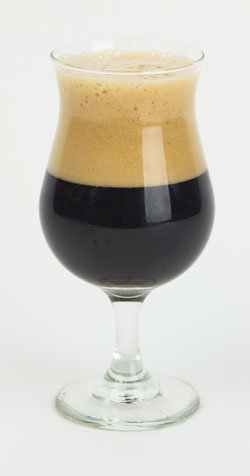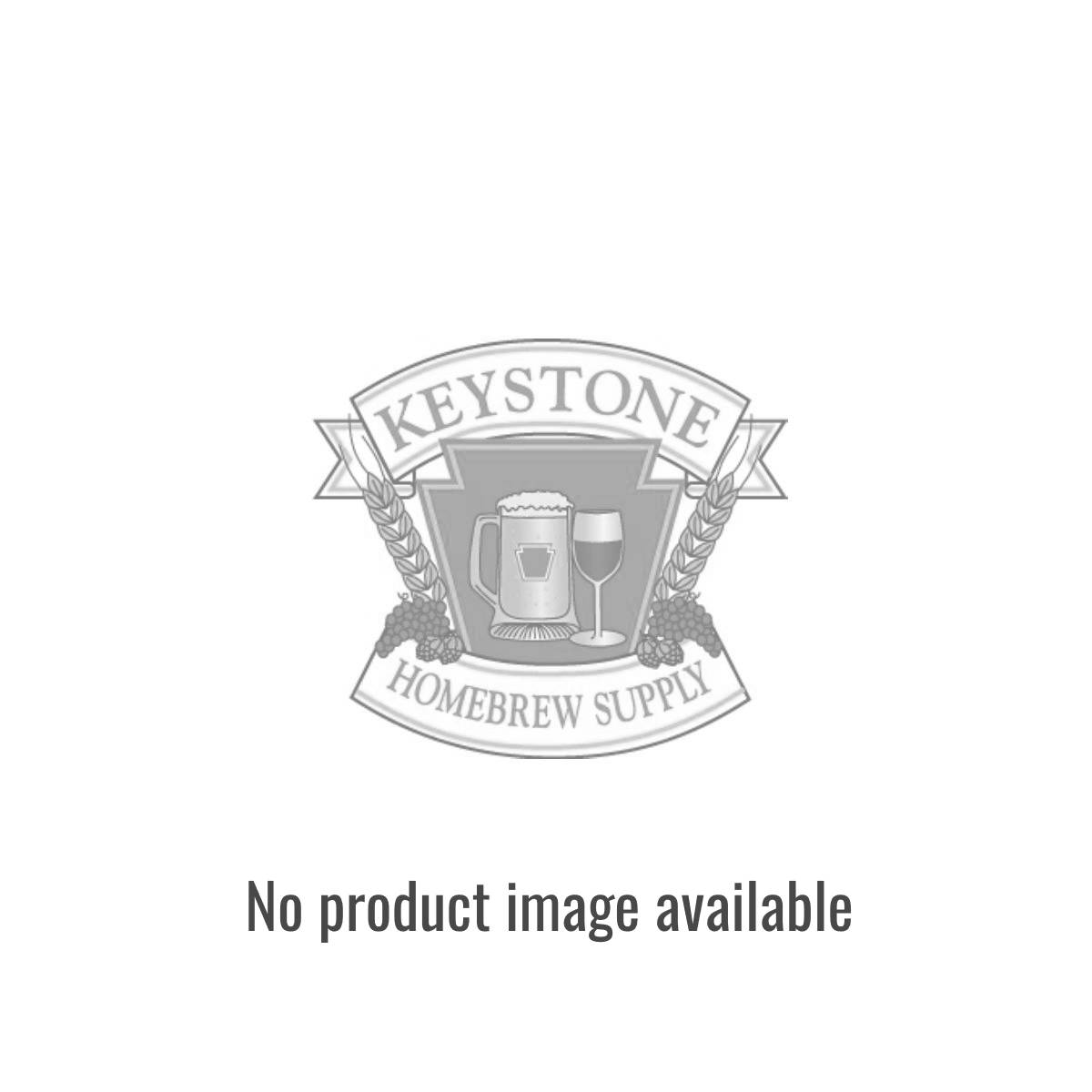Like Stouts? Like Belgian Beer? Then this beer is for you! Combining deep roasted chocolate malts, unmalted roasted barley and cacao nibs, this beer will bring big flavors of chocolate, coffee, and roasting. The specialty Belgian Stout yeast will lend the beer moderate Belgian esters while accentuating the use of Styrian Goldings Celeia hops.
Belgian Chocolate Stout Beer Ingredient Kit
$72.95
Additional information
| Weight | 19.40 lbs |
|---|---|
| Dimensions | 14 × 9 × 5 in |
| Country of Origin | |
| Beer Kit Styles | |
| SKU | kkbcs |
Only logged in customers who have purchased this product may leave a review.


Reviews
There are no reviews yet.